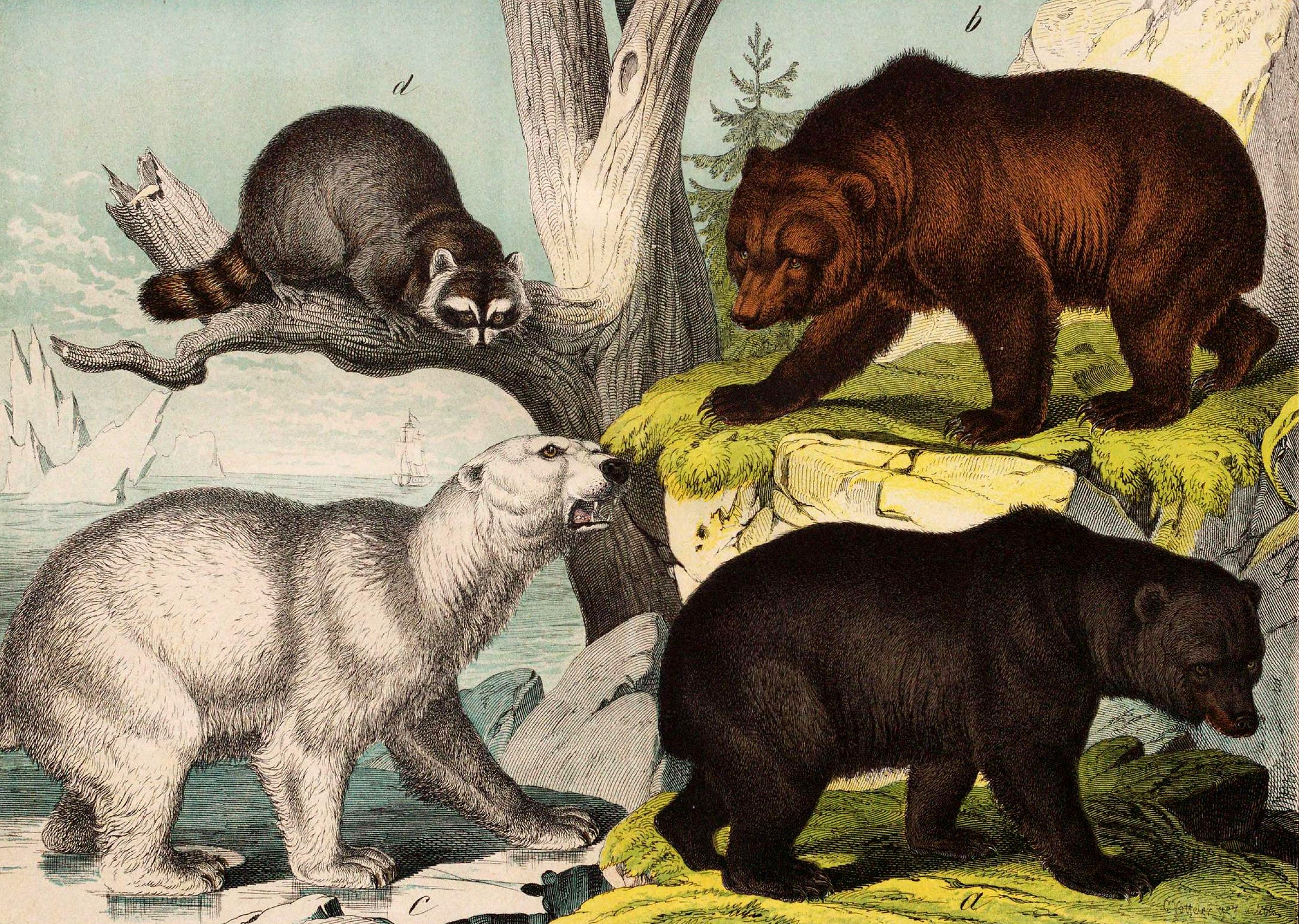The Role of Extinct Mammals in Shaping Modern Adaptation Theories

Extinct mammals offer invaluable insights into the process of adaptation, helping scientists understand how species evolve in response to changing environments. By studying these ancient creatures, researchers can trace evolutionary patterns and apply this knowledge to modern adaptation theories.
Understanding Adaptation Through Fossil Records
Fossil records of extinct mammals provide a window into the past, revealing how species have historically responded to environmental pressures. Morphological changes observed in fossils help identify traits that enhanced survival, offering clues about natural selection and adaptation mechanisms.
Case Study: The Woolly Mammoth’s Adaptations
The woolly mammoth thrived during the Ice Age with adaptations like thick fur and fat layers for insulation against cold climates. Studying these features informs us about physiological adaptations necessary for survival in extreme environments and helps explain similar traits in modern animals.
Extinct Mammals and Evolutionary Dead Ends
Some extinct mammals demonstrate evolutionary dead ends where certain adaptations failed to ensure survival amid environmental shifts. These examples highlight the limits of adaptation and underscore the importance of genetic diversity and flexibility in evolving species.
Implications for Conservation Biology
Insights gained from extinct mammals guide conservation strategies today by illustrating how rapid environmental changes can outpace species’ ability to adapt. Understanding past extinctions emphasizes preserving habitats and genetic diversity to support ongoing adaptation processes.
Advancing Modern Adaptation Theories
Studying extinct mammals enriches modern adaptation theories by providing empirical evidence on evolutionary responses across different time scales. This knowledge enhances predictive models about how current species might adapt—or fail—in rapidly changing ecosystems.
In summary, extinct mammals serve as crucial reference points for understanding biological adaptation. Their legacy continues to shape scientific perspectives on evolution, informing both theory development and practical applications in conservation efforts.
This text was generated using a large language model, and select text has been reviewed and moderated for purposes such as readability.











